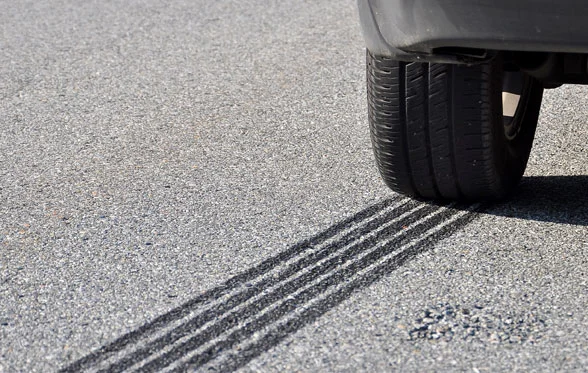(NOTE: The requirements of these new Regulations relating to child seats designed for heavier children have been in effect in Canada since May 2007, by means of successive Interim Orders, which this Part II makes permanent.)
In addition to harmonizing most testing protocols with the United States, these new Regulations contain several unique to Canada testing requirements as well as introducing a new lap/shoulder belt-testing requirement. Canada maintains that this new lap/shoulder belt-testing requirement will better reflect the use of child restraints in today's vehicles. Finally, these new Regulations reorganize the previous regulatory text to clarify the intent of various requirements.
These new Regulations update the Canadian regulatory requirements concerning the safety of restraint system and booster seat occupants in three ways:
Firstly they have improved safety by more closely aligning Canadian restraint system and booster seat requirements with those of the United States by achieving the following goals:
- Aligning the infant restraint system mass limits and introducing heavier child restraint systems. These new Regulations align Canadian requirements with those of the United States by increasing the occupant mass limit for infant restraint systems from 9 kg to 10 kg and increasing the child restraint system occupant mass limit from 22 kg to 30 kg.
- Adopting new, improved child-sized crash test dummies, a new standard seat assembly and associated performance criteria. In addition, the testing of the restraint systems or booster seats will be performed on a new standard seat assembly, so that all manufacturers can test their products uniformly using the same equipment and methodology.
- Introducing dynamic requirements for booster seats. The previous Canadian Regulations required only quasi-static testing on booster cushions.
- Incorporating harnesses as part of the new Regulations. The previous Regulations did not recognize custom harnesses for special needs children that are designed for use on school bus seats without anchors or seat belts.
- Specific Canadian administrative regulatory requirements. Manufacturers of restraint systems or booster seats still have to conform to requirements that are administrative in nature. Such requirements apply to the National Safety Mark application process, importation and records.
- The need for labels, information and instructions to be provided in both of Canada's official languages. These new Regulations improve the visibility of information, installation instructions and Canadian certification labels, thereby reducing the risk of misuse by consumers and facilitating the enforcement by provincial, territorial and local authorities, of their respective laws.
- The minimum booster seat occupant mass remains at 18 kg. The United States allows the design of booster seats for children having a mass of 13.6 kg. Research has shown that these smaller children are safer in a child restraint system with an integral five-point harness rather than using a booster seat.
- Mandatory inversion test for both infant and child restraint systems. This test ensures that a child restraint system remains attached to an aircraft seat in turbulent conditions and that the child dummy is also held in the seat without falling out.
- Canadian unique booster seat deflection test. The booster seat deflection test is designed to assess the stiffness and strength of the seat, and is aimed at ensuring that the child is properly supported and that the vehicle's seat belt is kept properly positioned on the child's body.
- Canadian-unique energy-absorbent material requirements. Every surface that may come into contact with the head must be made of energy-absorbent material that is within the specified range of compression-deflection resistance prescribed by the new Regulations.
- Introduced a new requirement for infant and child restraint systems to be tested using three-point lap/shoulder belts. A new dynamic testing procedure requiring that infant and child restraint systems to be tested when secured by a three-point lap/shoulder belt has been added. This will help ensure that restraint systems are tested using the types of seat belt systems that are installed in most new vehicles.
